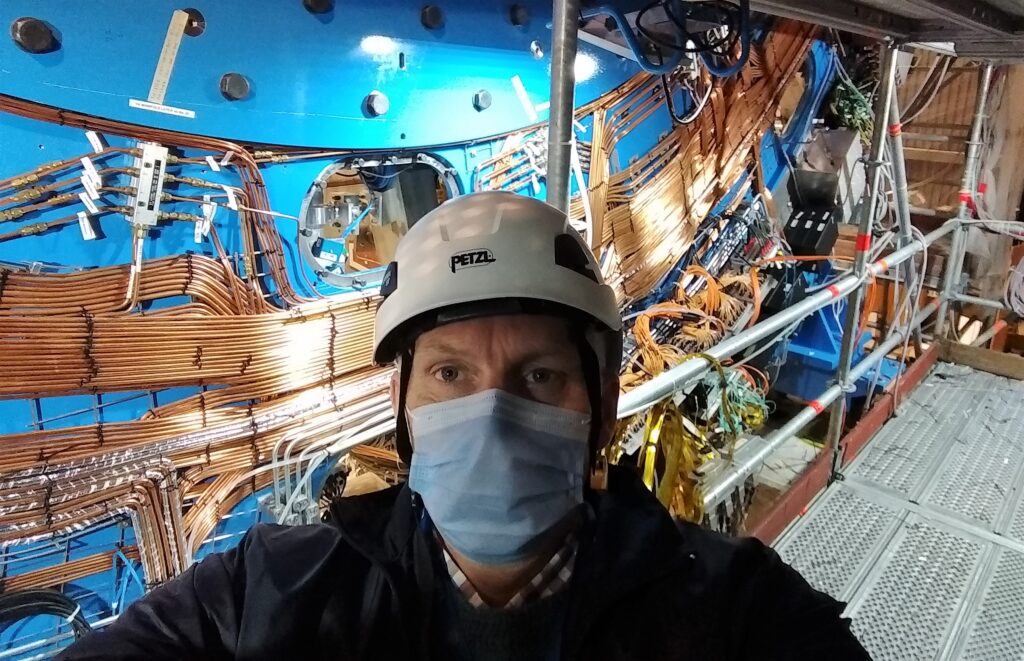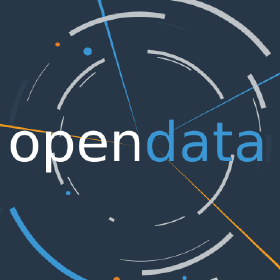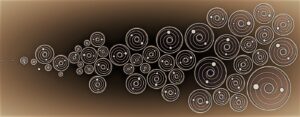2020 at a glance
COVID-19
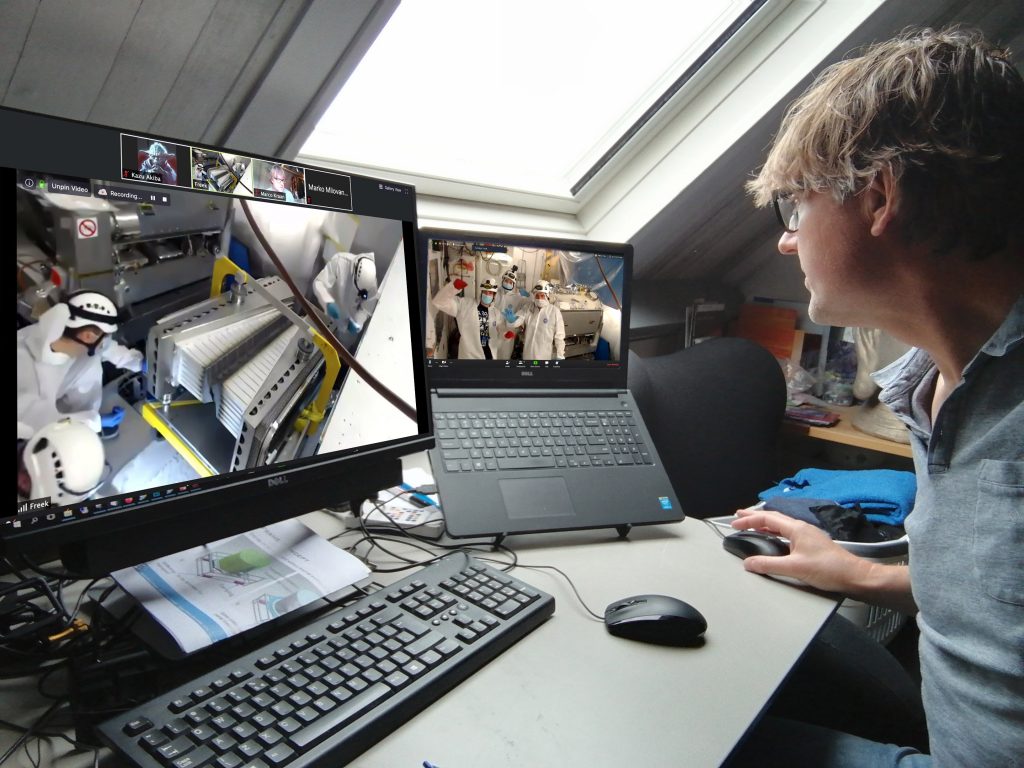
The Netherlands was in lockdown and so was Nikhef. It meant working from home with many Zoom meetings and visits to Nikhef only when really necessary. Nikhef remained open with a minimum staffing level. Travel for work on detectors was delayed and therefore work on upgrades was delayed as well. Nevertheless, thesis defences continued, papers were written, installation work was guided by online experts, and overall a lot of work was done at home!
Detector upgrades
ATLAS made significant progress on the construction of the New Small Wheels, with Nikhef-technicians contributing to the commissioning. However, these new large muon-detectors are still on the critical path. For ALICE the ITS inner-detector layer is produced, tested and is now waiting for installation in the underground detector. LHCb has been largely dismantled and an almost completely new detector is under construction. This includes a new ultra-thin RF-shielding box around the interaction point with a new setup of Velopix detectors.
The first test beams will circulate in the LHC at the end of September 2021, four months later than planned before the COVID-19 crisis. To give the LHC’s main experiments enough time to complete their upgrade programmes, Run 3 of the LHC will most likely begin in Spring 2022.
Nikhef is involved in the assembly of the TPC and the commissioning and testing of the data-acquisition of XENONnT. For KM3NeT an assembly line has been set up to produce 12 DOMs a week. For the Pierre Auger Observatory, 7 fully equipped radio antennas are deployed, 2/3 of the extra scintillator layers on top of the basic modules are now installed. The installation will continue until 2022.
Physics Results
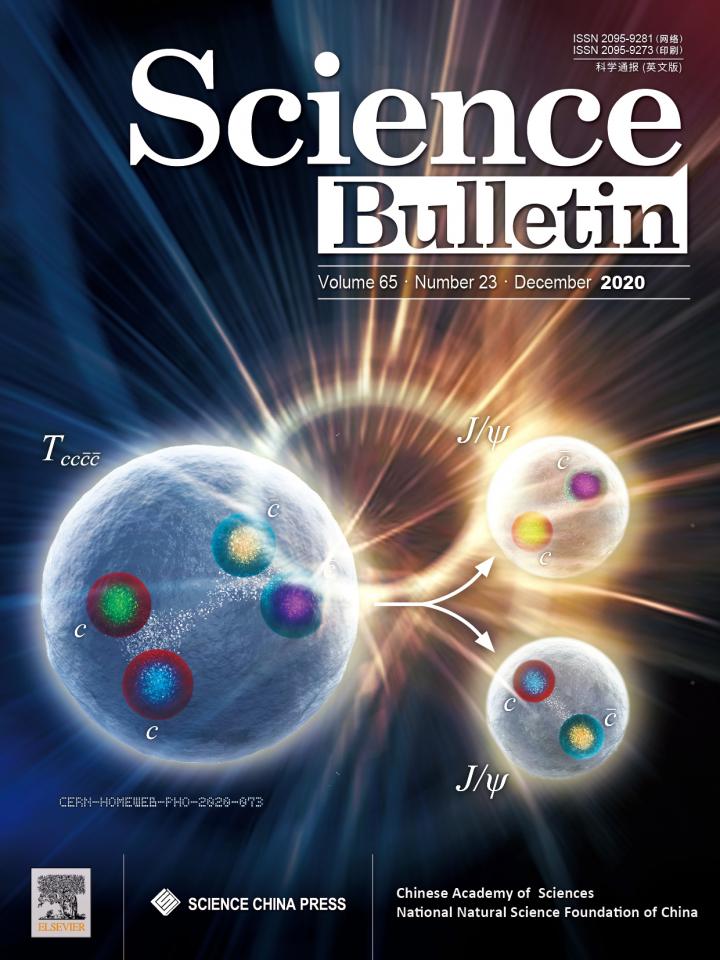
The ATLAS collaboration for the first time observed photon collisions producing pairs of W bosons, elementary particles that carry the weak force, one of the four fundamental forces. ATLAS (and CMS) showed Higgs boson decays into two muons. This is a rare phenomenon as only about one Higgs boson in 5000 decays into muons. The results are so far consistent with Standard Model predictions.
ALICE measurements using a new technique shine light on the femto world (10-15m) for a deeper insight into the strong force between hadrons. The femtoscopic technique based on measuring the momentum difference between hadrons produced in proton–proton collisions, reveals the dynamics of the strong interaction between hyperons and nucleons, potentially for any pair of hadrons. It allows the investigation of spatial scales close to 1 femtometre – about the size of a hadron and the spatial range of the strong-force action.
LHCb observed a new tetraquark – an exotic particle made up of four charm quarks. It shows the complex ways in which quarks bind into composite particles such as the protons and neutrons inside atomic nuclei.
Xenon1T sees a surplus of low-energy events that asks for an explanation; to be studied further. KM3NeT with six detector strings now installed, has seen its first upgoing neutrino. The Pierre Auger Observatory published an improved cosmic ray spectrum with a distinct feature at the high-energy end. It could be a hint that the mass composition of ultra-high-energy cosmic rays is changing from light to heavy with energy. Through a bit of serendipity, the observatory observed over the years 1600 rare, ring-shaped emissions of ultraviolet (UV) and visible light high above thunderstorms. The study of these ‘elves’, short for emissions of light and very low-frequency perturbations due to electromagnetic pulse sources, could reveal new insights into the physics and effects of strong lightning.
Open LHC data
The LHC experiments have agreed on a policy to release more data in the CERN Open Data Portal. They will make public so-called level 3 scientific data, the type required to make scientific studies, collected by the LHC experiments. Data will start to be released approximately five years after collection, and the aim is for the full dataset to be publicly available by the close of the experiments concerned.
Gravitational Waves
The international collaboration of gravitational wave detectors LIGO and Virgo in the US and Europe has published a new catalog of their observations. Another 39 collisions of mainly black holes and a few neutron stars have now been confirmed. Including the results of the measurement period from April to October 2019, the catalog now contains more than fifty observations of gravitational waves. Because of Covid-19 limitations, the run was prematurely ended on March 27.
Supported by the governments of the Netherlands, Belgium, Poland and Spain, the Italian government submitted an application in September to include the Einstein Telescope for detection of gravitational waves in a European roadmap for major research infrastructures (ESFRI). There are currently two proposed locations: Sardinia and the border area of Belgium, Germany and the Netherlands (Euregio Meuse-Rhine). The ESFRI roadmap is expected to be launched in Fall 2021.
Preparations are underway for the construction of the ETpathfinder, the R&D facility to test innovative technologies for the Einstein Telescope. The location of this laser-interferometer is the former transport hall of a local newspaper in Maastricht. The first phase of constructing ETpathfinder was finished during the summer by pouring the high-tech concrete floor. Then the assembly of the cleanroom started. The first laser-beams in the ETpathfinder are expected in 2023.
European Strategy
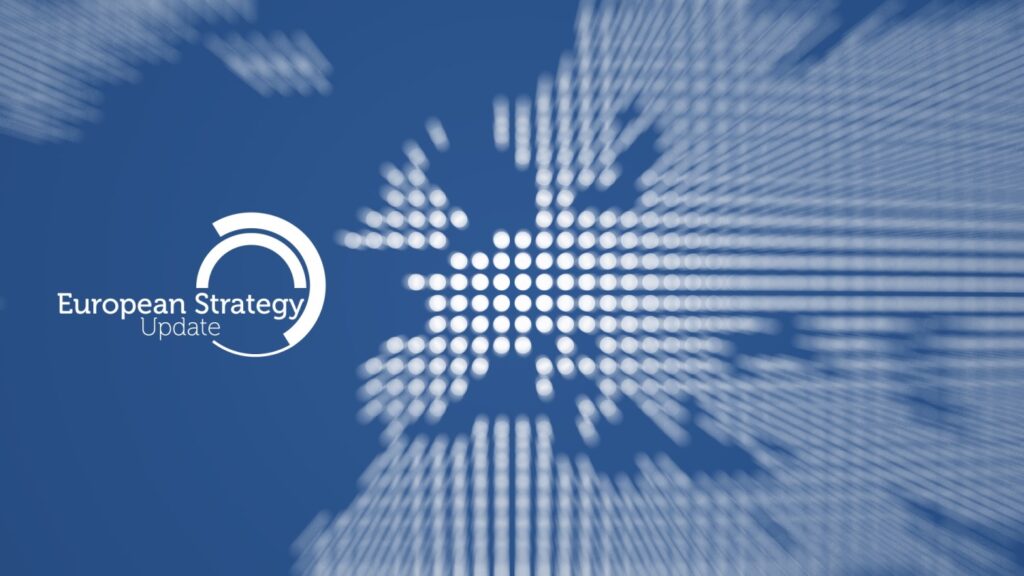
The European Strategy for particle physics has been updated in June 2020. The successful completion of the High-Luminosity LHC in the coming decade will remain the focal point of European particle physics. More R&D for advanced accelerator, detector and computing technologies, is essential for all future projects.
An electron-positron collider acting as a “Higgs factory” is the highest-priority facility after the LHC. Such a machine would produce ample amounts of Higgs bosons without much background. Operation could begin within a timescale of 10 years after the full exploitation of the High-Luminosity LHC, which is expected to complete operations in 2038.
Europe, in collaboration with the worldwide community, should also undertake a technical and financial feasibility study for a next-generation hadron collider at the highest achievable energy, with an electron-positron collider as a possible first stage. Moreover, Europe should continue to support neutrino projects in Japan and the US.
Spin-off examples
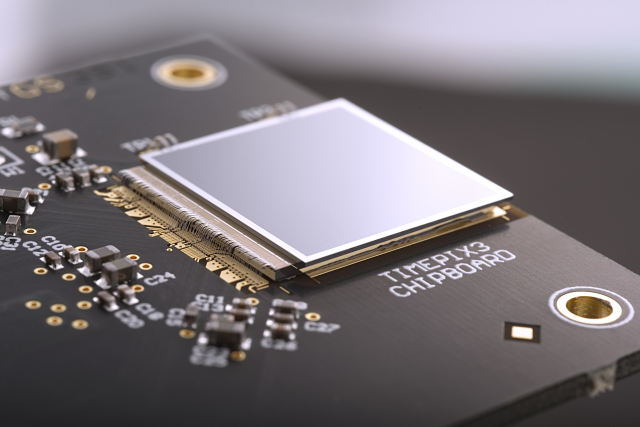
Nikhef is involved in a CERN-based collaboration to develop a family of pixel detector read-out chips, that started with the first Medipix chip for medical purposes two decades ago. Using the present Medipix3 technology for improved 3D colour X-ray detection, a new bio-imaging scanner has been made. In 2020, a new generation Timepix chip helped to rediscover a long-lost painting, the Madonna and Child by the Renaissance painter Raphael. Key technology was a robotic x-ray scanner equipped with Timepix chips.
White Rabbit, open-source hardware, used for the precise internal timing of the KM3Net detector grid, becomes a global IEEE industry standard. White Rabbit is a technology to provide deterministic data transfer, sub-nanosecond accuracy, and a synchronisation precision of a few picoseconds, with Nikhef as one of its strongest proponents in KM3NeT. The technology is now deployed in numerous scientific infrastructures worldwide as well as in commercial networks.
